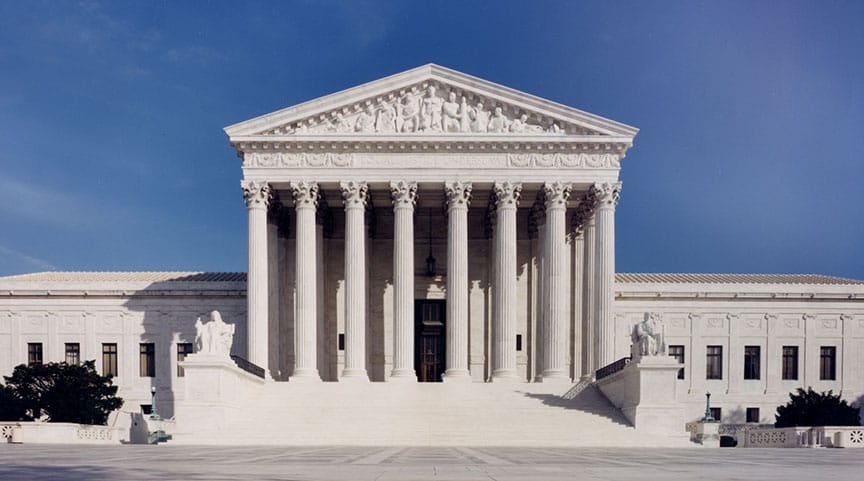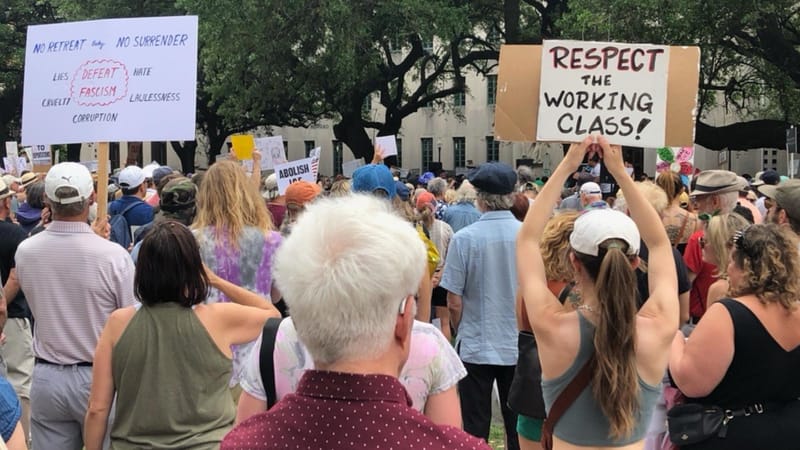Supreme Court's Louisiana Voting Rights Decision: A Major Win for Black Voters

In a surprising move, the Supreme Court's conservative majority has mandated Louisiana to adopt a Voting Rights Act (VRA)-compliant congressional map, establishing two majority-Black districts while the liberal justices dissented. This landmark decision marks a significant victory for Black voters in Louisiana.
The Supreme Court's stay aims to resolve ongoing lawsuits over Louisiana’s congressional redistricting plan. The ruling ensures that a map with two majority-Black congressional districts, up from one, will be used in the upcoming election. This outcome represents a major win for Black voters and potentially aids Democrats in their efforts to regain control of the House of Representatives.
The unexpected 6-3 ruling saw conservative justices supporting the additional district favorable to Democrats, while the three liberal justices, led by Ketanji Brown Jackson, dissented. Jackson’s dissent sheds light on deeper issues within the case.
The litigation's complex background starts with the 2020 Census. The Republican-controlled Louisiana legislature drew a map with only one majority-Black district, despite Black residents making up over 31% of the population. Voting rights groups challenged this map in early 2022, claiming it violated the VRA. District Court Judge Shelly Dick ruled the map unconstitutional, ordering a new version with two majority-Black districts. However, the Supreme Court paused this ruling while considering a similar VRA case in Alabama, allowing Louisiana to use the contested map for the 2022 elections.
In 2023, the Supreme Court upheld the VRA in the Alabama case (Allen v. Milligan), allowing Judge Dick’s ruling to take effect. Despite the state's appeal, the US Court of Appeals for the Fifth Circuit upheld Dick’s ruling but tasked the Louisiana legislature with withdrawing the new map.
In 2024, the legislature produced a map with two majority-Black districts, but the new configuration, particularly Louisiana CD-6, faced criticism for its unnatural east-to-west alignment. Analysts suggest this design aimed to protect influential Congressmen Steve Scalise and Mike Johnson, leaving Congressman Garret Graves, a rival of Governor Jeff Landry, at a disadvantage.
A group of 12 white voters then filed a lawsuit, claiming the new map violated the Equal Protection Clause by dividing natural communities. This challenge, unusual for its focus on alleged harm to white voters, argued they were denied equal protection due to the new district's design. A three-judge panel from the western district of Louisiana ruled the new maps unconstitutional, ordering yet another redraw.
By May 1, Louisiana had no valid congressional district map for the November federal election, prompting the Supreme Court to intervene. The Court stayed the panel's ruling, reinstating the map with two majority-Black districts for the upcoming election. This decision ensures a smoother reelection process for Scalise and Johnson and prevents another redistricting effort.
Black voters in Louisiana fought hard for this map, and securing agreement from the conservative justices, even if temporarily, is a significant victory. However, Jackson’s dissent underscores the importance of timing in this challenge. While state officials argued there wasn’t enough time to draw a new map, the conservative justices agreed, but Jackson maintained that sufficient time remained to produce a constitutional map before the election.
In a state where Black voices have often been marginalized, this decision is a step toward fairer representation. It highlights the ongoing struggle for equitable voting rights and the complex legal battles that shape our political landscape.






